
- Lightweight
- Easy to service
- The platform is a little small
- The shape is a little outdated
These new pedals from Alpkit are their lightweight magnesium version, built in a traditional looking style, with 12 replaceable pins either side, they offer a low weight with a high strength to weight ratio, but the grip isn't up there with the best on the market.
- Buyer's guide to mountain bike pedals - what's best, flats or clips?
- 11 tools every home bike mechanic should own
- The best mountain bike flat pedals ridden and tested
Built from a machined piece of magnesium, they weigh in around 295g, which is nearly 100g lighter compared to my usual set of flat pedals. The Cr-Mo spindle is plenty strong enough, with LSL sealed bearings, which can be replaced as need be. The whole pedal is easily torn down and rebuilt, which is a good thing, as you can just replace bearings to keep them spinning over time.
I felt like the actual pedal area was a little small when compared to most of today's flat pedals, the 103mm by 100mm was covered by my UK9 Five Tens and using 12 pins felt a little overkill, as my foot felt like it floated over them rather feeling properly ‘pinned’. When I removed several pins they felt way more planted and grippy.
They reminded me of older style pedals and although they are fairly low profile on the edges they could use a little less height for more clearance on stumps, rocks and other trail obstacles. The slightly small feeling platform became an issue on rockier or faster riding when you don’t always get your foot back on perfectly at times, and there was a tendency to feel a little more precarious on them than usual.
If riding more long distance, and using a boot for more adventure style riding, then the this would be less of an issue, but I didn’t find as much confidence when riding. There was also slightly more work when bunnyhopping and having to dig my feet in, and checking I had good grip.
Even though the pins are replaceable, they still can become harder to remove if hooked up on a rock and get worn down. They do feature a small external hex fitting and an internal allen to remove them, but if grounded and bent they’d be staying firmly stuck. This could easily be solved by having pinhead bolts replaced on the reverse of their ‘business’ side.
They’ve taken a few months regular riding and purposefully thrown into mud, and frequent washing with a hose. Offering low weight is a positive, but I’d like to have seen more refinement on the shape and size of the pedals - they just felt a little out of time, in function and form. Out on the trail, I took some time to really trust their grip, and at times it felt a little less than reassuring.
I think using slightly longer pins would be a good improvement, as would fewer pins, which does increase grip as there is greater pressure applied onto each one, as opposed to spreading out and ‘floating’ on top of the pins - there also isn’t much of a concave shape to them, which helps create a space for shoes to push down into - unless, of course, you remove some. For the money, you can get better performing trail pedals, but the weight is low, and getting a decent magnesium pedal for £55 is a bargain - it's just a shame the shape and size isn’t slightly improved.


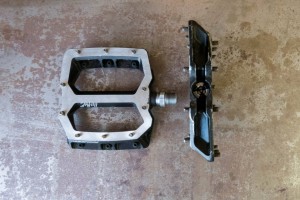


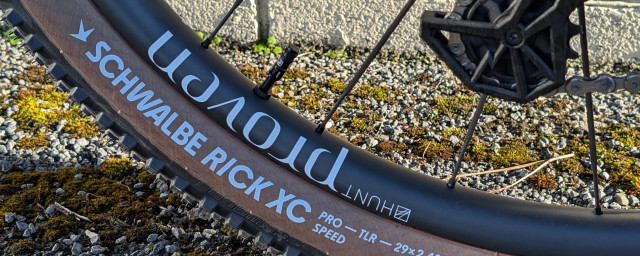
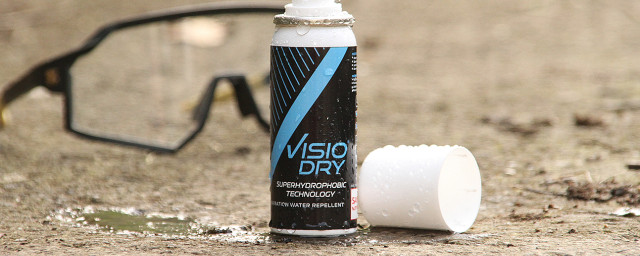
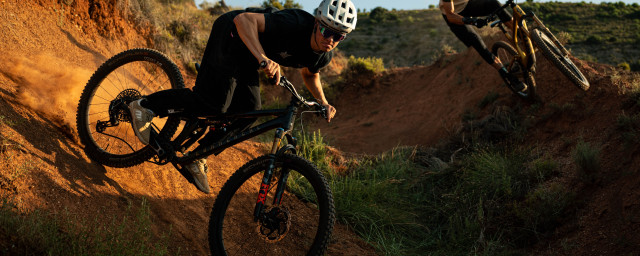

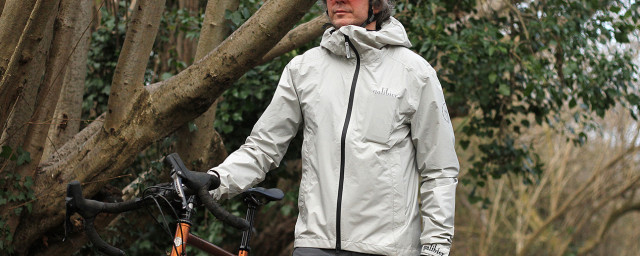

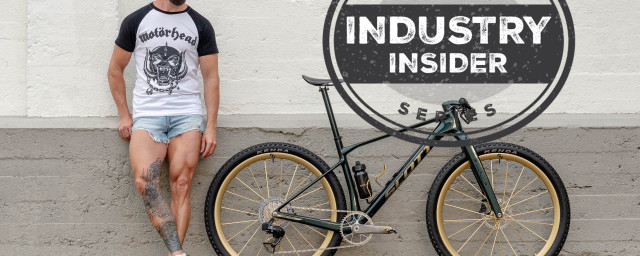
Add comment